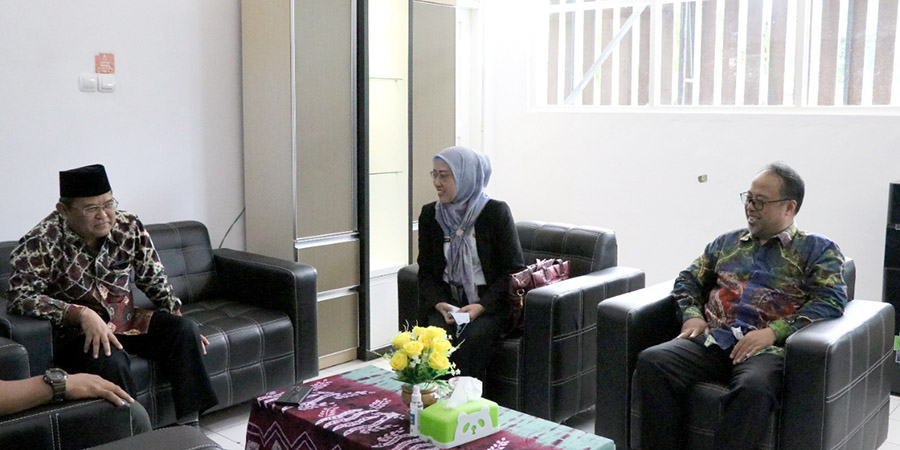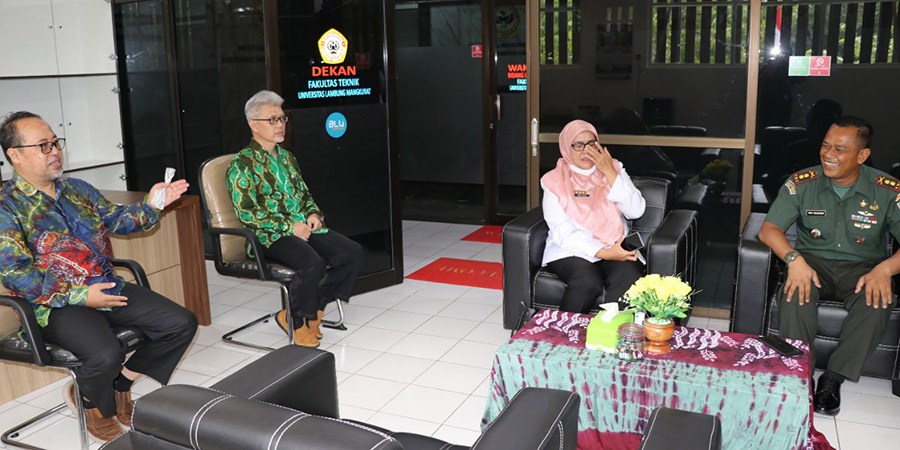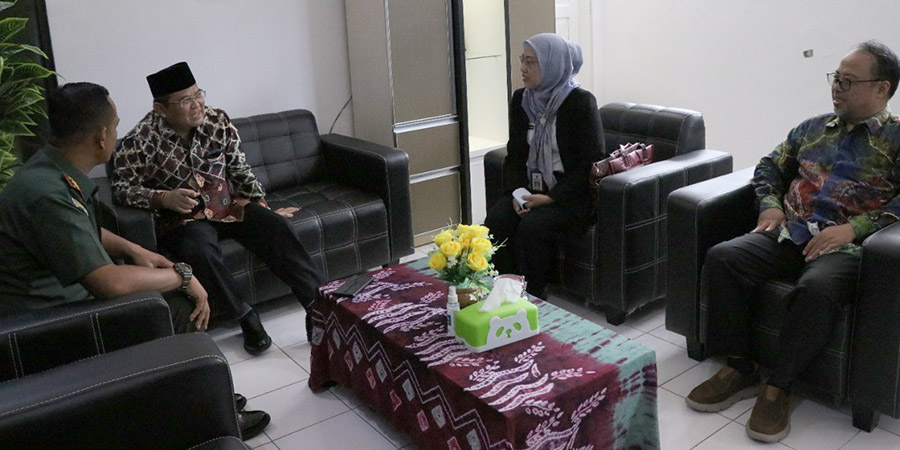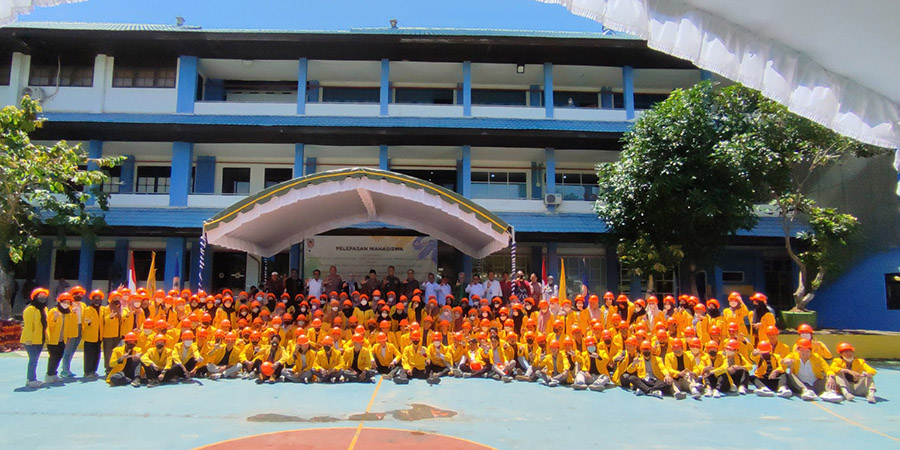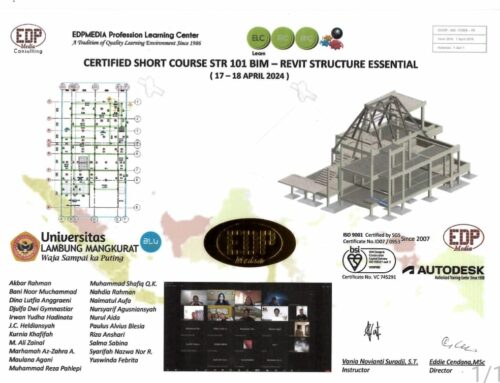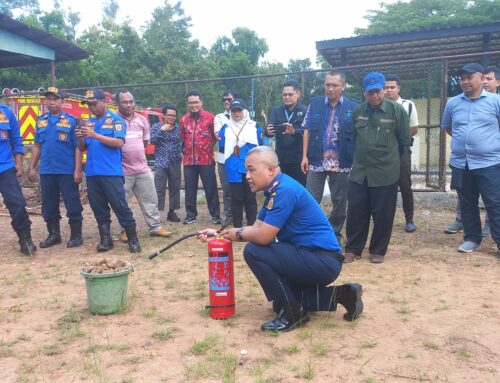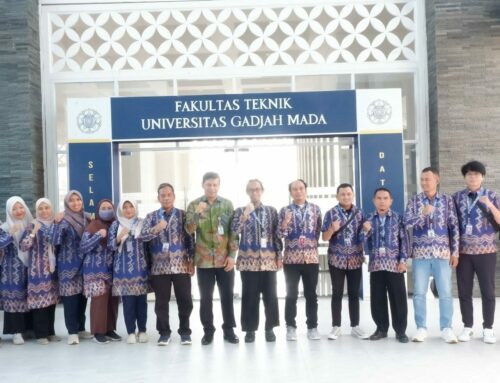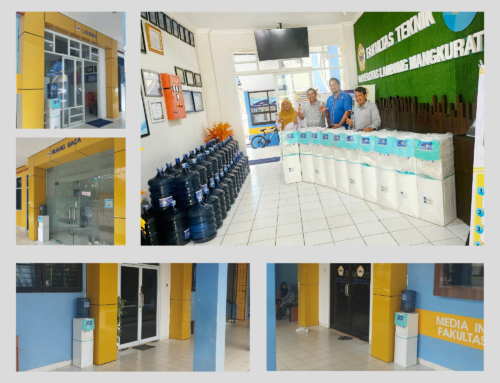Today, Wednesday, September 7 2022, the MBKM Village Development Program or Thematic KKN activities are being carried out, which is a mandate from the Ministry based on Minister of Education and Culture Regulation No. 3 of 2020 concerning National Higher Education Standards. This activity is a collaboration between FT ULM and the Provincial Environmental Service. South Kalimantan which will be held in the Odd Semester FY 2022/2023.
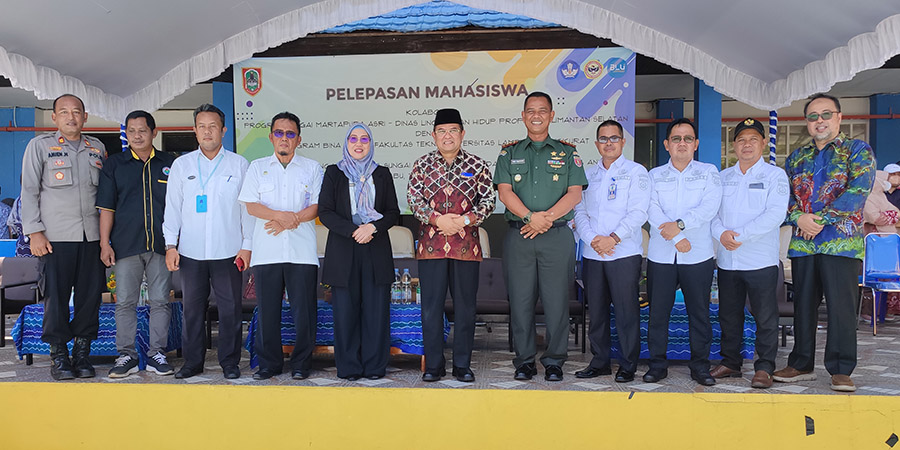
This program was initiated through an inaugural meeting between the Dean of FT ULM and the Head of the LH Service on August 19 2022 at the LH Service Office. Then continued with the consolidation of the program which was carried out on August 20 2022 at FT ULM. Follow up on program preparations, by conducting direct visits and sowan to 3 Sungai Rangas Tengah and Ulu Villages as well as Banua Anyar Village on August 24 2022.
There are 178 students involved who will be placed in 5 villages, namely: 3 villages in collaboration with DLH totaling 156 people, while in the other 3 villages there are 22 people who are assisted villages from several study programs within the FT ULM environment. Details of the number of students in each village are as follows: Banua Anyar Village: 45; Sungai Rangas Ulu Village: Village 56; Middle Rangas River: Village 55; Awang Bangkal: 12; Kayu Bawang Village: 6 people; Sambaran Village: 4 people.
The programs that will be implemented:
- PSTS is implementing the Program: Design for Improvement of the Tourism Economy and Creative Industries, which is expected to produce construction cost estimates, implementation of engineering building design and planning to increase access to tourist locations. There are 3 villages that will be targeted, namely Banua Anyar, Sungai Rangas Ulu and Sungai Rangas Tengah.
- PSA implements the Program:
a. Improving the Visual Quality of the Culinary Tourism Area in Banua Anyar Village. It is hoped that it will produce a design for the development of a culinary tourism area along with details of the Facade (Land/River) of Culinary Tourism Facilities.
b. Improving the Visual Quality of Tourist Areas in Sungai Rangas Tengah Village, which is expected to produce designs for the development of Tourist Lanting House Facilities, tourist accommodation and strategic locations for markers and landmarks of tourist areas.
c. Improving the Visual Quality of the Sungai Rangas Ulu Village Area. The program is expected to produce design plans for developing maps of Sungai Rangas Ulu Village, physical facilities for waste banks, renovation of elementary school classrooms as mock-ups and school toilets. - PSTP implements the program in all villages:
Village Thematic Mapping. It is hoped that the program will produce land use maps, road maps, surface water flow pattern maps, electricity network maps and mineral mineral maps. - PSTK implements the Program:
a. Clean Water Processing in Sungai Rangas Tengah and Ulu and Penyambar Villages, which includes calculating water needs for sanitation, designing the water treatment process and designing the efficiency of the water treatment process and designing the required budget and implementing the clean water treatment program.
b. Restaurant Industry Processing in Banua Anyar Village. What the students hope is to produce a design for processing restaurant waste so that it can reduce waste disposal pollution into the river. - PSTL implements the program in 3 villages:
in the form of Waste Water and Waste Management Planning. It is hoped that this will result in calculations of clean water needs and the resulting waste water discharge as well as community-based waste management planning through the Waste Bank. - PSTM implemented a program in Kayu Bawang Village in the form of making briquettes as alternative energy and designing solar sell in Public Facilities.
- PSTI implemented the Banua Anyar Village website upgrade program and managed the Banua Anyar Village Social Media. So that the dissemination of information to the wider community regarding culinary tourism-based villages can be done well through the use of internet-based electronic media.
